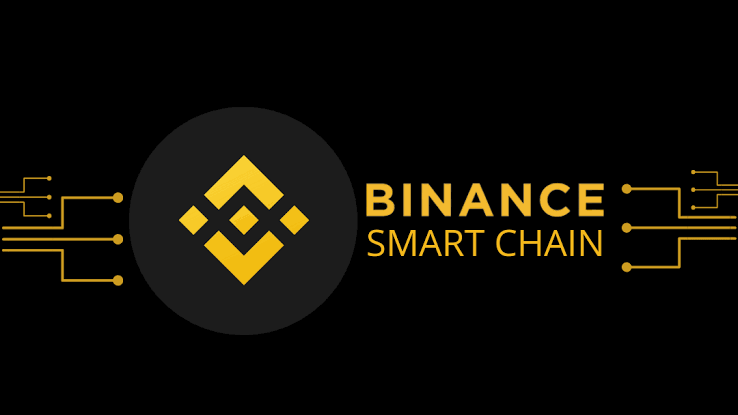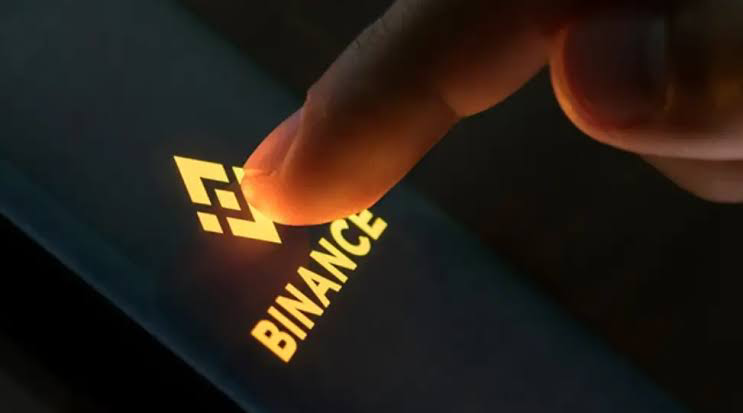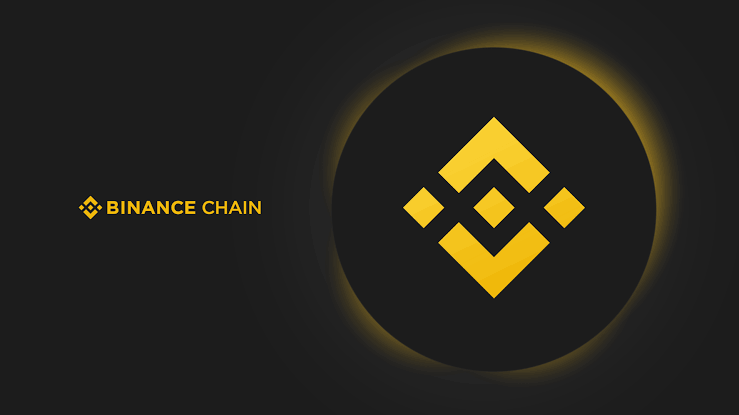The Binance Smart Chain (BSC) is a blockchain platform developed by the cryptocurrency exchange Binance. It was launched in 2020 as a parallel chain to the Binance Chain, with the aim of providing a high-performance infrastructure for decentralized applications (DApps) and supporting smart contract functionality. In this guide, we will explore the Binance Smart Chain in detail, covering its architecture, consensus mechanism, key features, and its role in the blockchain ecosystem.
Overview of Binance Smart Chain
a) Architecture: Binance Smart Chain operates as a separate blockchain, running in parallel with the Binance Chain. It uses a modified version of the Ethereum Virtual Machine (EVM) to support the execution of smart contracts and interoperability with Ethereum-based applications.
b) Consensus Mechanism: BSC employs a Proof of Staked Authority (PoSA) consensus mechanism. It combines elements of Proof of Stake (PoS) and Proof of Authority (PoA) to achieve fast block times and high throughput. A set of 21 validators, elected by Binance Coin (BNB) holders, secure the network and validate transactions.
Key Features of Binance Smart Chain
a) Compatibility with Ethereum: BSC is designed to be compatible with Ethereum's tooling and infrastructure. This compatibility allows developers to easily port their existing Ethereum-based DApps to BSC, benefiting from the increased transaction speed and lower fees offered by the Binance Smart Chain.
b) Low Transaction Fees: Binance Smart Chain is known for its relatively low transaction fees compared to Ethereum. The use of a PoSA consensus mechanism allows for faster block confirmations and higher transaction throughput, resulting in reduced fees for users.
c) Native Cryptocurrency: Binance Coin (BNB) serves as the native cryptocurrency of Binance Smart Chain. It is used for transaction fees, participating in token sales, and staking to earn rewards. BNB's integration with the Binance ecosystem provides additional utility and liquidity for users.
d) Dual Chain Architecture: Binance Smart Chain's dual chain architecture allows for seamless interoperability between the Binance Chain and Binance Smart Chain. Users can transfer assets between the two chains via a bridge, enabling them to take advantage of different features and functionalities.
e) Cross-Chain Compatibility: BSC supports cross-chain interoperability, allowing users to interact with assets from other blockchains. This compatibility enhances the versatility and potential use cases of Binance Smart Chain, as it enables the integration of assets and applications from various blockchain ecosystems.
Use Cases and Applications
a) Decentralized Finance (DeFi): Binance Smart Chain has become a popular platform for DeFi applications. It offers a range of DeFi protocols, including decentralized exchanges (DEXs), yield farming platforms, lending and borrowing protocols, and more. The low fees and high throughput of BSC make it an attractive choice for DeFi projects seeking scalability and cost efficiency.
b) NFTs and Gaming: Binance Smart Chain has seen significant adoption in the non-fungible token (NFT) and gaming sectors. NFT marketplaces and gaming platforms on BSC provide users with a more affordable and efficient environment for buying, selling, and trading digital assets and in-game items.
c) Token Launches: Binance Smart Chain has become a popular platform for token launches and Initial Coin Offerings (ICOs). Projects can leverage BSC's infrastructure to raise funds and distribute their tokens to investors in a cost-effective manner.
d) Decentralized Applications: BSC's smart contract functionality enables the development and deployment of various DApps. These applications span a wide range of industries, including decentralized finance, supply chain management, decentralized governance, and more.
Binance Smart Chain Ecosystem
a) Binance Chain and Binance DEX: Binance Smart Chain is closely integrated with the Binance Chain and the Binance Decentralized Exchange (DEX). This integration provides users with a seamless experience when transferring assets between the two chains and accessing decentralized exchange services.
b) Binance Launchpad: Binance Launchpad, a token launch platform, has facilitated numerous projects launching on Binance Smart Chain. This platform has helped raise awareness and adoption of BSC-based projects.
c) Binance Bridge: Binance Bridge enables the transfer of assets between Binance Smart Chain, Binance Chain, and other supported blockchains. It promotes interoperability and expands the possibilities for users to access different networks and assets.
d) Wallets and Tooling: BSC supports a wide range of wallets, including the Binance Chain Wallet and popular third-party wallets such as Trust Wallet and MetaMask. These wallets provide users with a convenient interface to interact with Binance Smart Chain and its applications.
Binance Smart Chain has emerged as a popular blockchain platform due to its compatibility with Ethereum, low transaction fees, fast block times, and interoperability with other chains. Its architecture, consensus mechanism, and key features enable the development of decentralized applications, support various use cases such as DeFi and NFTs, and foster a vibrant ecosystem. As Binance Smart Chain continues to grow and evolve, it is expected to play an increasingly significant role in the blockchain landscape and contribute to the broader adoption of decentralized technologies.
Posted Using LeoFinance Alpha



Congratulations @tmicezack! You have completed the following achievement on the Hive blockchain And have been rewarded with New badge(s)
Your next target is to reach 900 comments.
You can view your badges on your board and compare yourself to others in the Ranking
If you no longer want to receive notifications, reply to this comment with the word
STOPTo support your work, I also upvoted your post!
Check out our last posts: